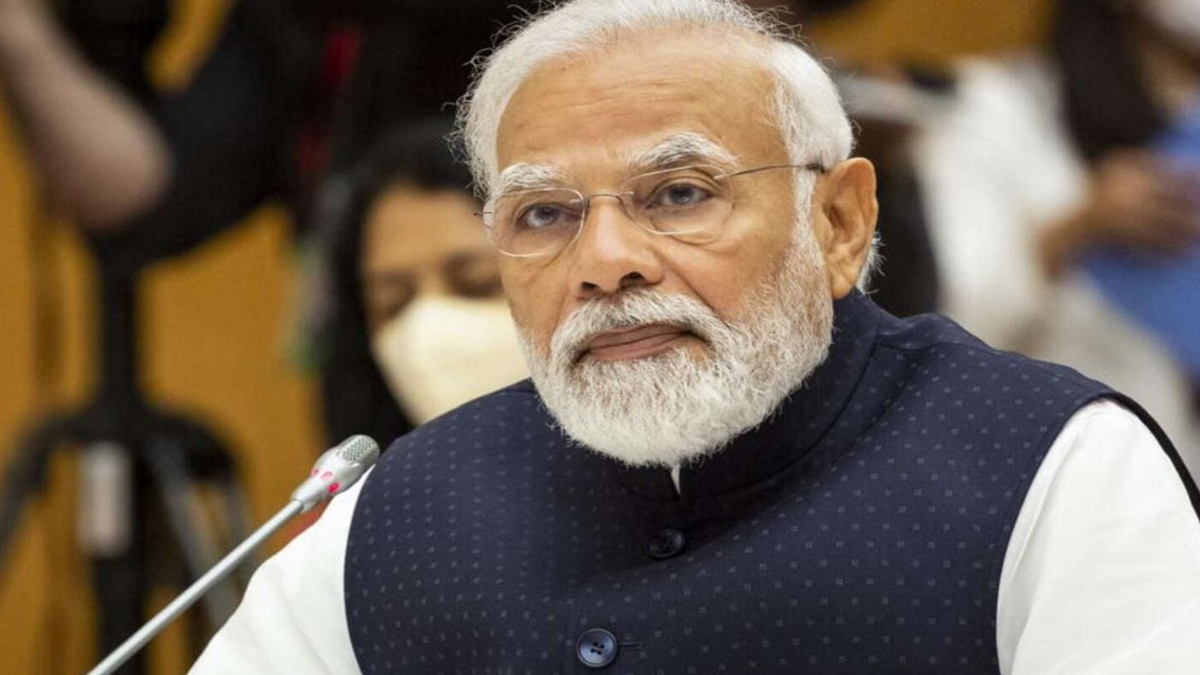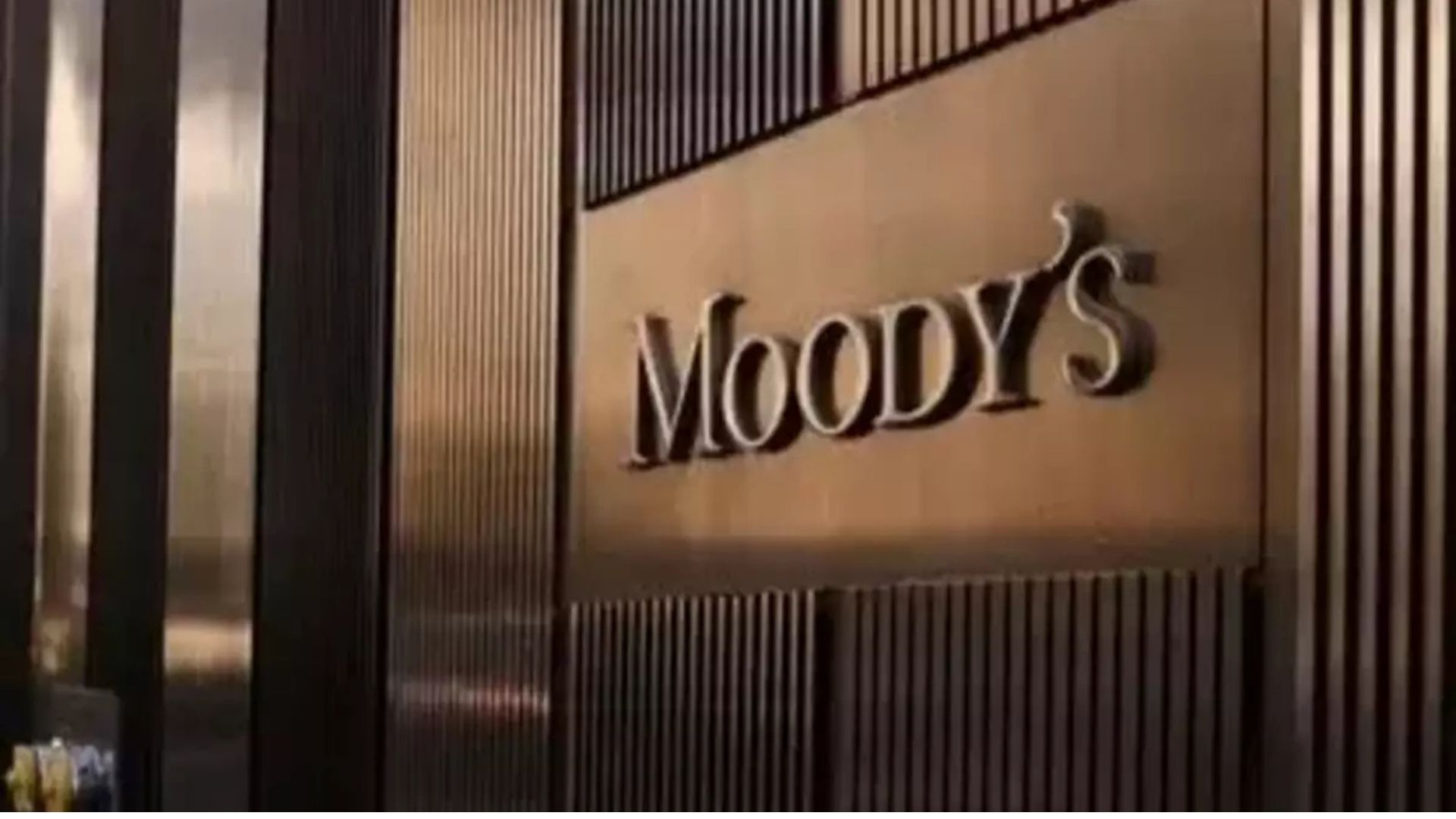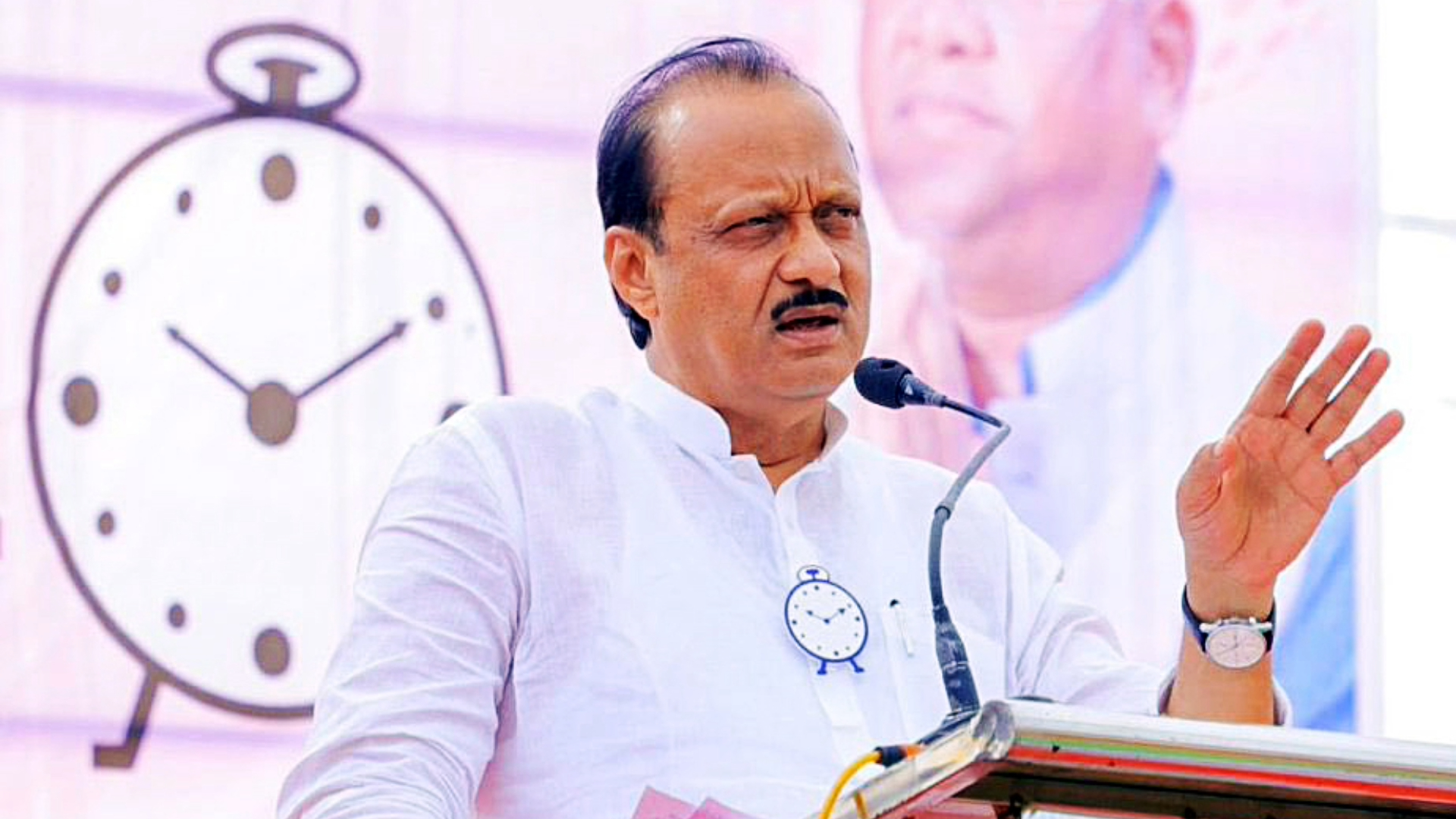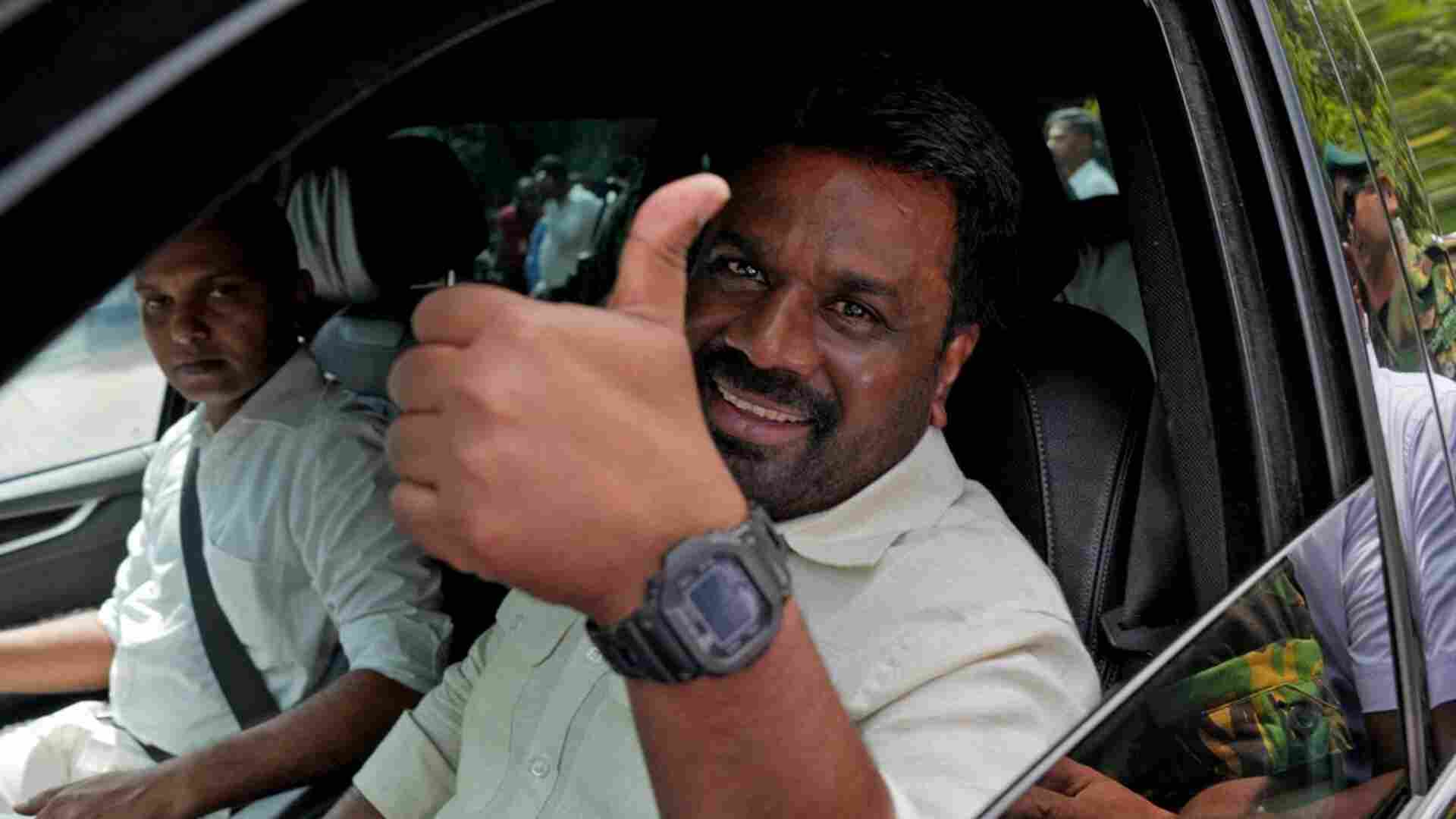
Prime Minister Narendra Modi announced the Make in India initiative from the ramparts of the Red Fort on 15 August 2014, encouraging international and domestic investors to set up shop and manufacture in India for consumption here and for the rest of the world. It was meant to remedy the low contribution of the manufacturing sector to Indian GDP compared to other similarly placed developing countries.
The initiative was received well by the investor community and has seen a steady increase in investment flows in order to support the government’s bid to expand the manufacturing sector in India. State governments, on their part, developed investment regions, embarked on road shows and provided infrastructure support as well as performance linked incentives to potential investors. The initiative focused on 25 sectors with healthcare as a key sector for building up domestic manufacturing, with a focus on pharmaceuticals and medical devices. India’s healthcare industry comprises hospitals, medical devices and equipment, health insurance, clinical trials, telemedicine and medical tourism. The Government of India is making structural reforms to strengthen the healthcare sector and encouraging Foreign Direct Investment (FDI). In fact, India’s FDI regime has been liberalised extensively. Currently, FDI is permitted to up to 100% under the automatic route in the hospital sector and in the manufacture of medical devices. In the pharmaceutical sector, FDI is permitted up to 100% in green field projects and 74% in brownfield projects under the automatic route.
Despite all these efforts, healthcare has comprised just 1.36% of total FDI flows until March 2021. Why then is the investing community shy of making aggressive investment decisions to set up green field plants to make pharma APIs (active pharmaceutical ingredient) or medical devices in India? Why are investors unwilling to produce in India despite huge domestic and global demand? The answer lies in the uncertain regulatory environment, unpredictable price control policies and a lack of sustainable policies over a period of time. Any investment decision will need to consider returns on the investment and the payback period. For API or medical device manufacturing, ROI and payback period depends on the end prices of the final drug or device, which are under price controls.
The Department of Pharmaceuticals under Ministry of Chemicals & Fertilizers revised the Drug Price Control Order (DPCO) in 2013 to increase the ambit of price control for drugs. The DPCO 2013 has scheduled and non-scheduled drugs. The scheduled drugs are those which are part of National List of Essential Medicines (NLEM) and prices are fixed by the government. The manufacturers are allowed to fix the prices for non-scheduled drugs; however the prices cannot be increased more than 10% annually which includes the inflation rate.
Medical devices are regulated under the Drug and Cosmetic Act 1940 and treated as a drug by definition. By virtue of this anomaly, medical devices can be brought under price control using similar criteria as pharmaceuticals. In 2016, for example, coronary stents were categorized as essential drugs and brought under price control. The knee implants (though these are not under essential category) were brought under price control using special powers under of para 19 of the DPCO 2013. This decision was never revisited by the regulators.
Even those drugs which are “non-scheduled”, can be brought under price control. Any drug which becomes economically unviable, goes off the shelves of the chemists. API manufacturers also fear a return of price controls on the API’s themselves as was the case until 2013. The price control mechanism has been made perpetual, which means, price control on any drug or device can be imposed at any time. The pharmaceutical industry has made India proud as the “pharmacy of the world”. Best-in-class generic drugs produced by Indian and global companies have contributed to affordable healthcare in India and abroad. The likes of Sun, Cipla, Dr Reddy Lab, Lupin and Glenmark are some of the Indian multinationals contributing to the vision of make-in-India for the world. While we produce world class generic drugs, we continue to have significant dependence on China for the APIs and key raw material for APIs. The pharma sector’s dependence on imports is significant and any shortage can have serious impact on India’s pharma industry.
Medical devices are the backbone of the healthcare infrastructure as these are the tools that help in diagnosing diseases and support the most advanced treatments for the evolving health concerns. India also supports the patients from other countries with specialized treatments in our modern hospitals, we call it medical tourism. India is competing with Singapore and Dubai in the expanding healthcare tourism pie.
However, we continue to be dependent on the imports of high-tech medical devices. As per Government of India’s own assessment, this situation is not going to change much in the next five years. While we are able to make and export syringes, masks, PPE, stents and some more, we will still depend on imports for sophisticated advanced medical devices like pacemakers, heart valves etc. This situation, unless corrected, will not provide predictable regulatory environment for the investors. The Drug and Cosmetic Act and DPCO–2013 do not represent a future-ready outlook for new investments.
The government of India has rolled out incentives for making API’s and medical devices in India, including performance-linked incentives, allowing 100% FDI in medical devices and medical device parks in some states. At the same time, the government is making local value addition a necessary condition for the medical devices being procured by central government agencies. This carrot-and-stick approach will not be effective in attracting investments at pace to meet the government’s self-reliance goals by 2030. Investors need more predictability in the imposition of price control and visibility on policy going forward. Investors are not really looking for fiscal incentives to expand, but a predictable regulatory environment and ease of doing business. The industry works with multiple agencies—the Ministry of health and family welfare, the department of pharmaceuticals, Niti Aayog, and the ministries of external affairs and commerce as direct stakeholders. A more streamlined vision and predictable policy environment can ensure that the industry and the government can achieve their goals together.
Rakesh K. Chitkara is the Senior Director of Global Government Affairs, South Asia of Abbott.















